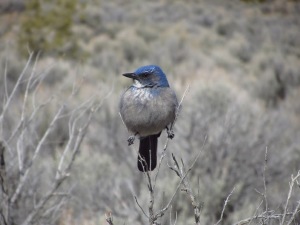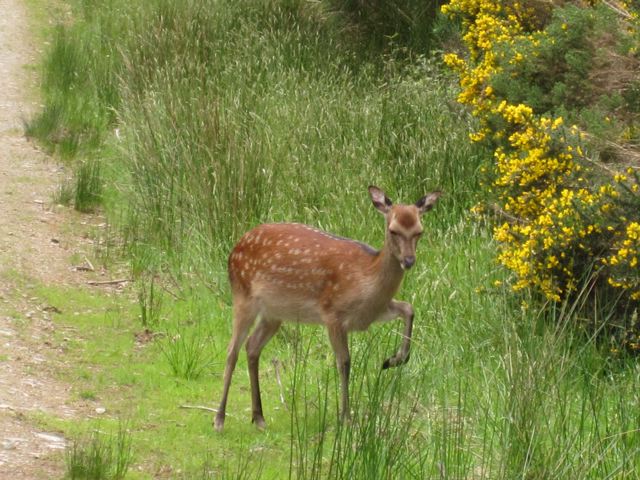“ Adopt the pace of nature: her secret is patience.”
– Ralph Waldo Emerson (1803-1882)
Viewing wildlife is one of the primary reasons many of us head out into the wilderness. However, with hiking numbers increasing with each passing year, it is more important than ever to do so responsibly.
The overriding goal of watching wildlife can be summed up in three words – observe without disturbing.
So how does one become a successful wildlife watcher? A combination of patience, adaptability, knowledge and respect………..with the occasional sprinkling of good fortune thrown into the mix.
Five tips for interacting with wildlife:
1. Keep Your Distance
If an animal changes its behaviour because of your presence, it means you are too close.
Before heading out into the wilderness, it is always helpful to have an idea about the behavioural patterns of the fauna you are likely to encounter. Animals can act differently depending on the season, location and their own species-specific life cycle.
2. Patience
The best times for viewing wildlife are generally first thing in the morning and late afternoon/early evening.
You enhance your chances simply by finding a spot, sitting down and waiting. Be patient. The more you move around, the more conspicuous you are. By staying put, in effect you become part of the scenery and subsequently represent less of a threat.
3. Minimize Smell
Animals have a much better sense of smell than we do. Very often they will smell you, before they hear or see you.
That being the case, you improve your chances of viewing wildlife by approaching from an upwind direction. You can further help your cause by going relatively “fragrance-free” (i.e. avoid strong smelling perfumes, after shave, cologne, etc.).
4. Blend In
Minimize your visual impact by wearing neutrally coloured clothing. Same applies for your shelter and pack. The objective is to blend in, rather than standout from your surroundings.
The important exception to this point is if you are hiking in an area in which hunters are active. In this case, wearing bright orange or other conspicuously coloured clothing is recommended.
5. Be Careful with your Food
Never feed animals or leave behind food scraps. It doesn’t take long for animals to become habituated to human food.
The repercussions are all negative – mice infested shelters; popular campsites frequented by possums, bears and other wildlife and; most importantly, an interruption to the animal’s natural dietary habits.
No matter whether you are camping at an established or a pristine site, always safeguard your food. Methods, which will vary according to the conditions, include odour-proof bags, canisters, ursacks, ziplock bags and hanging your food.
Discover more from The Hiking Life
Subscribe to get the latest posts sent to your email.



You skipped.
Don’t hike with a dog!
That’s definitely a good one as well.